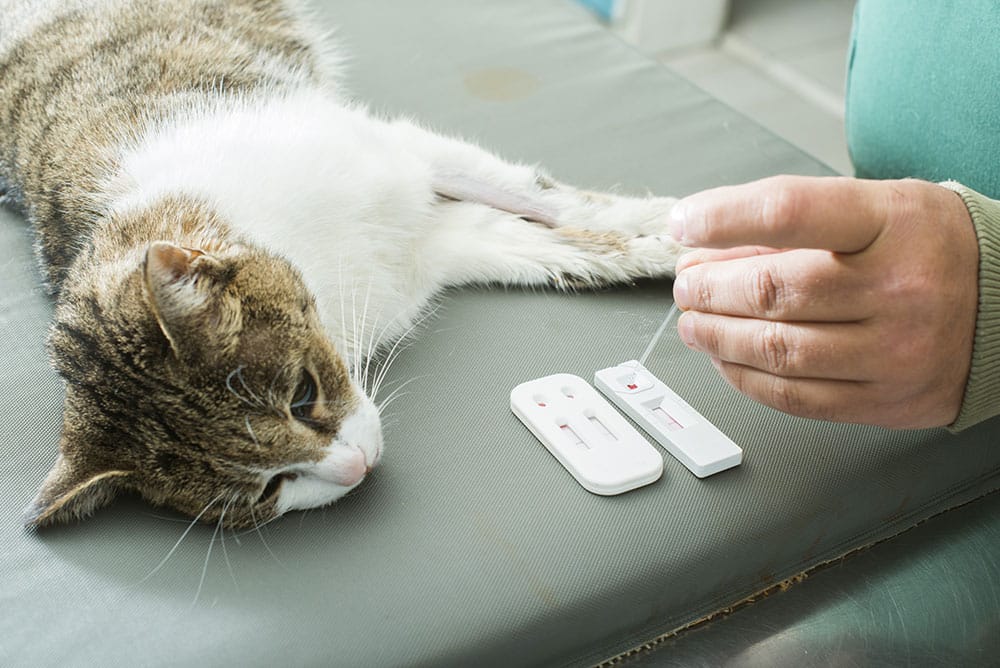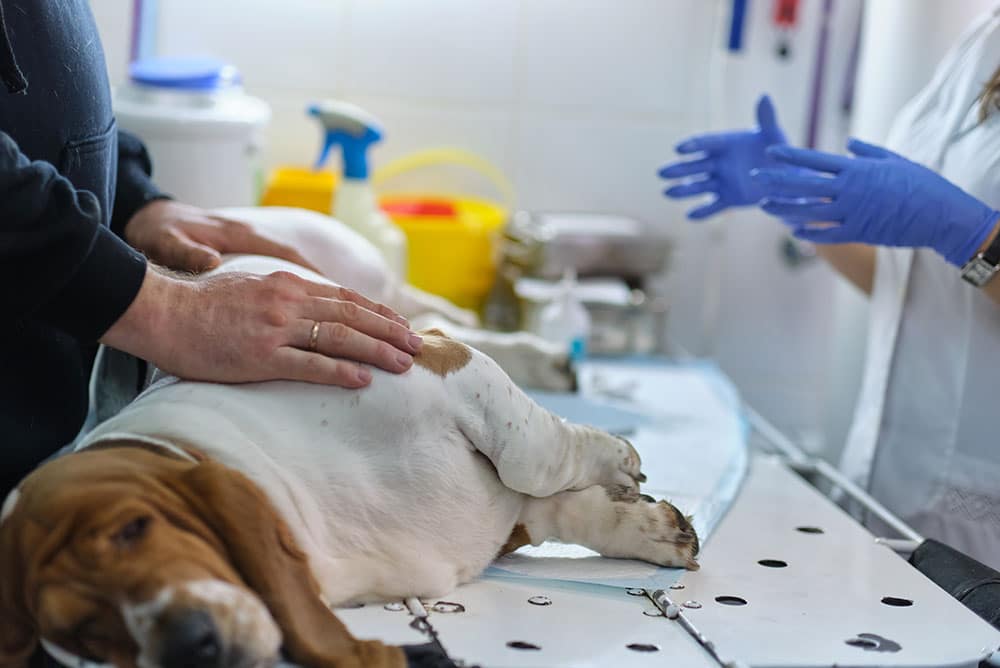Understanding Pyometra: A Life-Threatening Condition in Female Dogs and Cats
What is Pyometra?
Pyometra is a serious and potentially fatal infection of the uterus that affects unspayed female dogs and cats. This condition occurs when bacteria invade the uterus, leading to an accumulation of pus. Pyometra can progress rapidly, causing severe illness, organ failure, and even death if left untreated.
While it primarily affects middle-aged and older pets, younger females who have gone through multiple heat cycles without pregnancy are also at risk. Understanding how pyometra develops, recognizing early symptoms, and taking preventive measures can be lifesaving.
For a detailed medical overview, visit Cornell University’s Pyometra Guide.
What Causes Pyometra?
Hormonal Influence and Bacterial Infection
The main trigger for pyometra is hormonal changes that occur during the heat cycle. Each time a female pet goes through estrus (heat), her body prepares for pregnancy by thickening the uterine lining. If pregnancy does not occur over several cycles, this tissue can become overgrown and susceptible to infection, a condition called endometrial hyperplasia.
During heat, the cervix opens, allowing bacteria such as E. coli from the digestive tract to enter the uterus. When the heat cycle ends, the cervix closes, trapping the bacteria inside. This creates an ideal environment for infection, leading to pus accumulation and life-threatening complications.
For a deeper dive into how this process works, check out the American College of Veterinary Surgeons (ACVS) Pyometra Guide.
Risk Factors for Pyometra
Certain factors increase a pet’s likelihood of developing pyometra:
- Age: Older, unspayed females are most at risk.
- Multiple Heat Cycles: Pets who have gone through many estrus cycles without pregnancy have a higher chance of developing pyometra.
- Breed Predisposition: Some breeds, such as Golden Retrievers, Bernese Mountain Dogs, and Rottweilers, have a genetic predisposition.
- Previous Uterine Infections: Pets with a history of urinary tract infections (UTIs) or hormonal imbalances may have an increased risk.
Regular veterinary checkups and early intervention can help detect changes in the uterus before infection develops.
Recognizing the Symptoms of Pyometra
Pyometra can present as either “open” or “closed,” depending on whether the cervix remains open to drain the infection.
Symptoms of Open Pyometra:
- Vaginal discharge (pus-like, bloody, or foul-smelling)
- Increased thirst and urination (toxins from bacteria can affect kidney function)
- Lethargy or depression
- Vomiting or diarrhea
Symptoms of Closed Pyometra (More Dangerous):
- No visible discharge (the infection is trapped inside)
- Severe abdominal swelling (due to pus accumulation)
- Fever and rapid breathing
- Sudden collapse or shock (in advanced cases)
Closed pyometra is more dangerous because the uterus fills with pus but has no way to drain, increasing the risk of toxic shock and organ failure. If you suspect pyometra, seek emergency care immediately.
Diagnosing Pyometra: What to Expect at the Vet
Veterinary Examination & Testing
A veterinarian will diagnose pyometra through:
- Physical Exam: Checking for abdominal swelling, fever, and pain.
- Blood Tests: Elevated white blood cell count and kidney function abnormalities may indicate infection.
- Ultrasound or X-rays: Imaging helps confirm an enlarged, pus-filled uterus.
Early detection is crucial—if pyometra is caught before complications develop, treatment is more successful.

Treatment Options for Pyometra
Emergency Surgery: Ovariohysterectomy (Spay)
The gold standard treatment for pyometra is surgical removal of the infected uterus and ovaries (ovariohysterectomy). This removes the infection source and prevents recurrence. However, surgery is more complex than a routine spay because the uterus is infected and fragile, requiring careful handling to prevent rupture.
Medical Management (For Select Cases Only)
Medical management is considered only in rare cases, such as breeding animals where fertility is a concern. It involves:
- Antibiotics to fight infection
- Hormonal therapy (prostaglandins) to contract the uterus and expel pus
However, this treatment is high-risk, with a high chance of recurrence. Surgery remains the safer and more effective option.
How to Prevent Pyometra
Spaying: The Best Prevention
Spaying (ovariohysterectomy) completely eliminates the risk of pyometra by removing the uterus before infection can develop. This procedure also:
- Reduces the risk of mammary cancer (especially if done before the first heat)
- Eliminates heat cycles and unwanted pregnancies
- Prevents life-threatening reproductive diseases
Learn more about the benefits of spaying from the ASPCA’s Spay/Neuter Guide.
Regular Veterinary Exams
Even if a pet is not spayed, routine wellness exams and ultrasounds can help detect uterine changes before infection develops. If your pet is unspayed and showing any symptoms, schedule a veterinary appointment as soon as possible.
FAQs About Pyometra
1. How quickly does pyometra become life-threatening?
Pyometra can progress in as little as 24–48 hours. If left untreated, the uterus can rupture, leading to septic shock and death.
2. Can pyometra be treated with antibiotics alone?
No. While antibiotics may temporarily suppress the infection, they cannot remove the infected uterus, making recurrence likely.
3. At what age should I spay my pet to prevent pyometra?
Most veterinarians recommend spaying before the first heat cycle (around 5-6 months of age) for the greatest health benefits.
How Groves Veterinary Clinic Can Help
At Groves Veterinary Clinic, we offer:
- Emergency surgical care for pyometra
- Comprehensive spay services to prevent reproductive diseases
- Advanced diagnostics including ultrasound and bloodwork
If you suspect pyometra or want to discuss spaying options, schedule an appointment today:
Contact us here: Groves Veterinary Clinic
Early action saves lives. Don’t wait—protect your pet from pyometra today.







